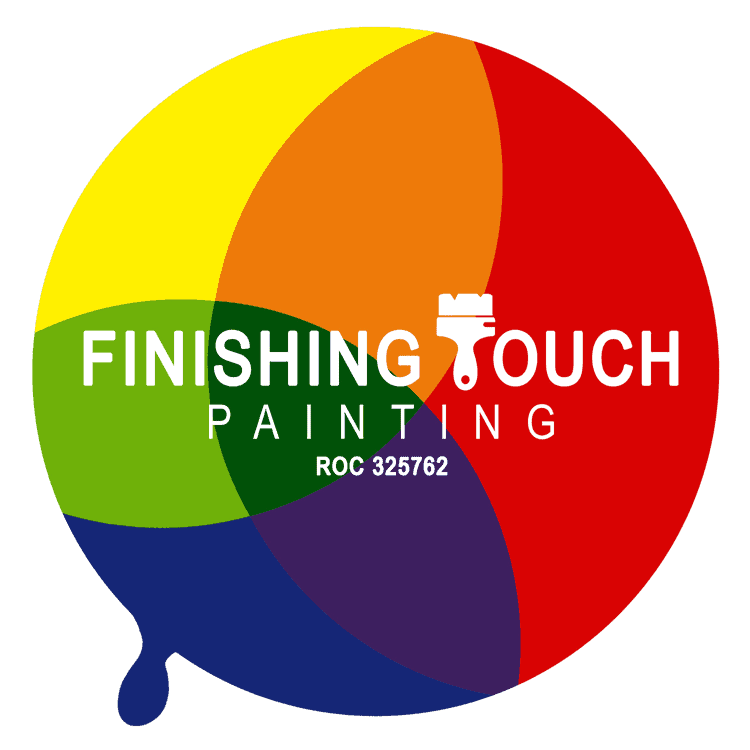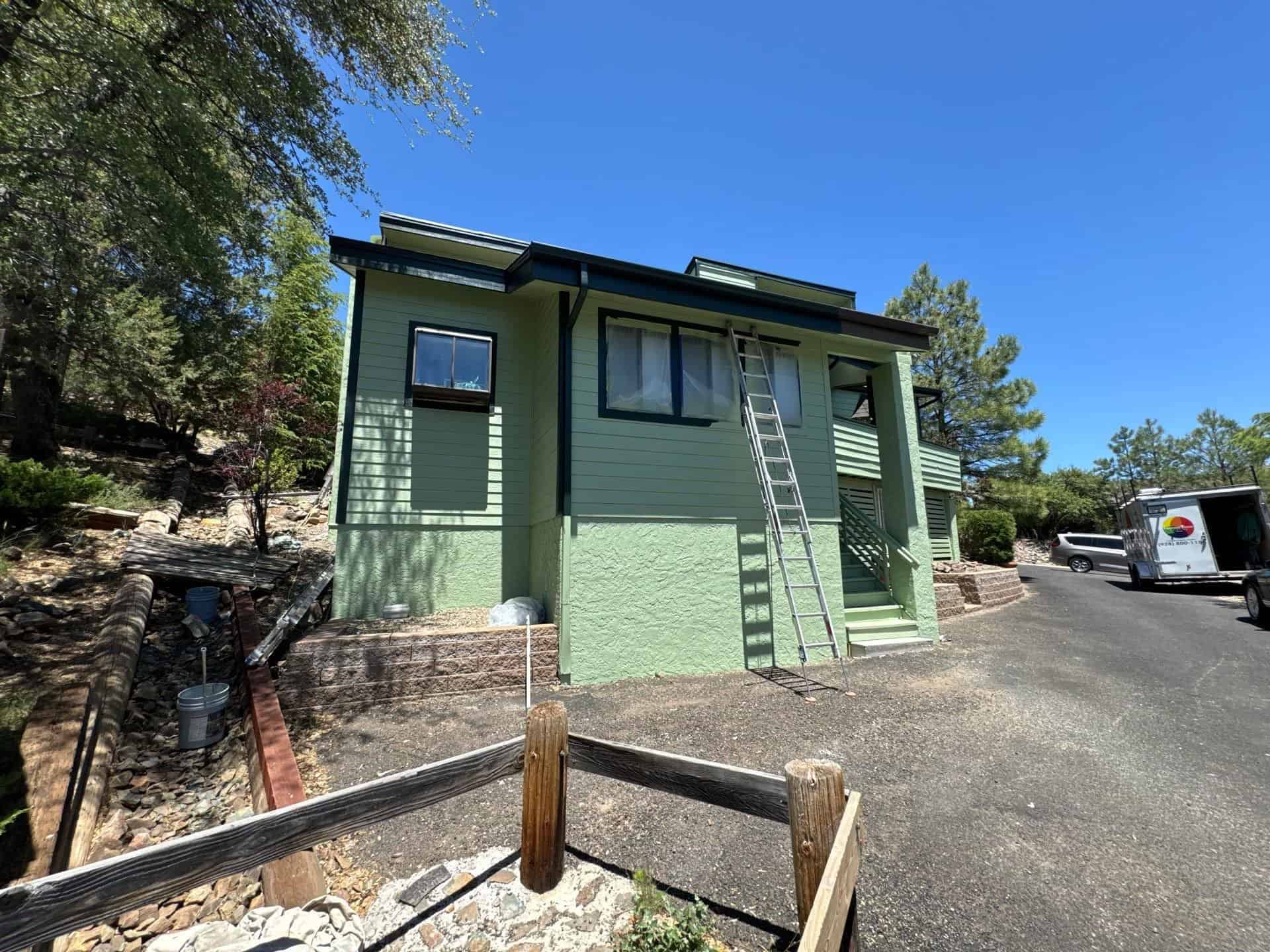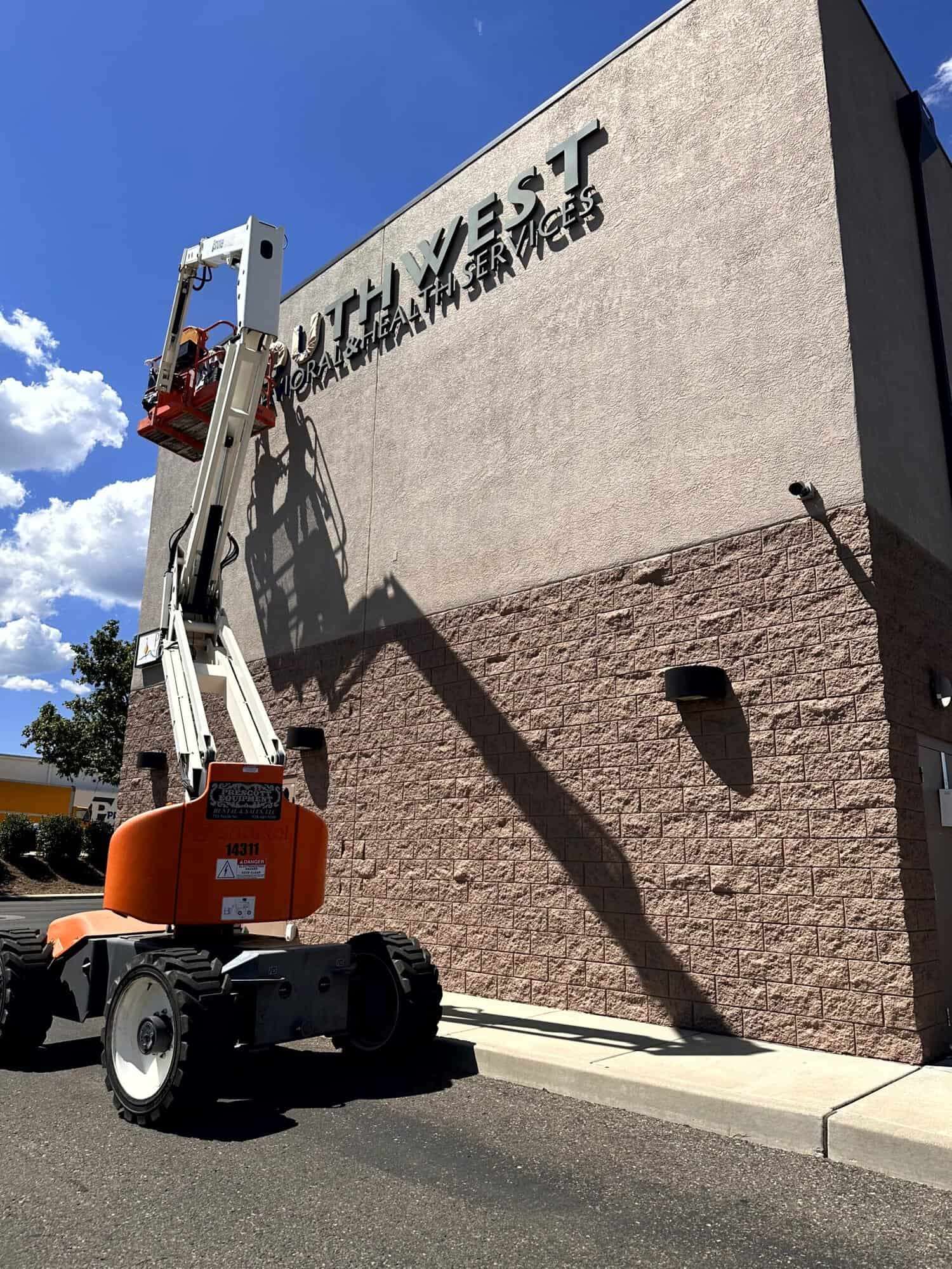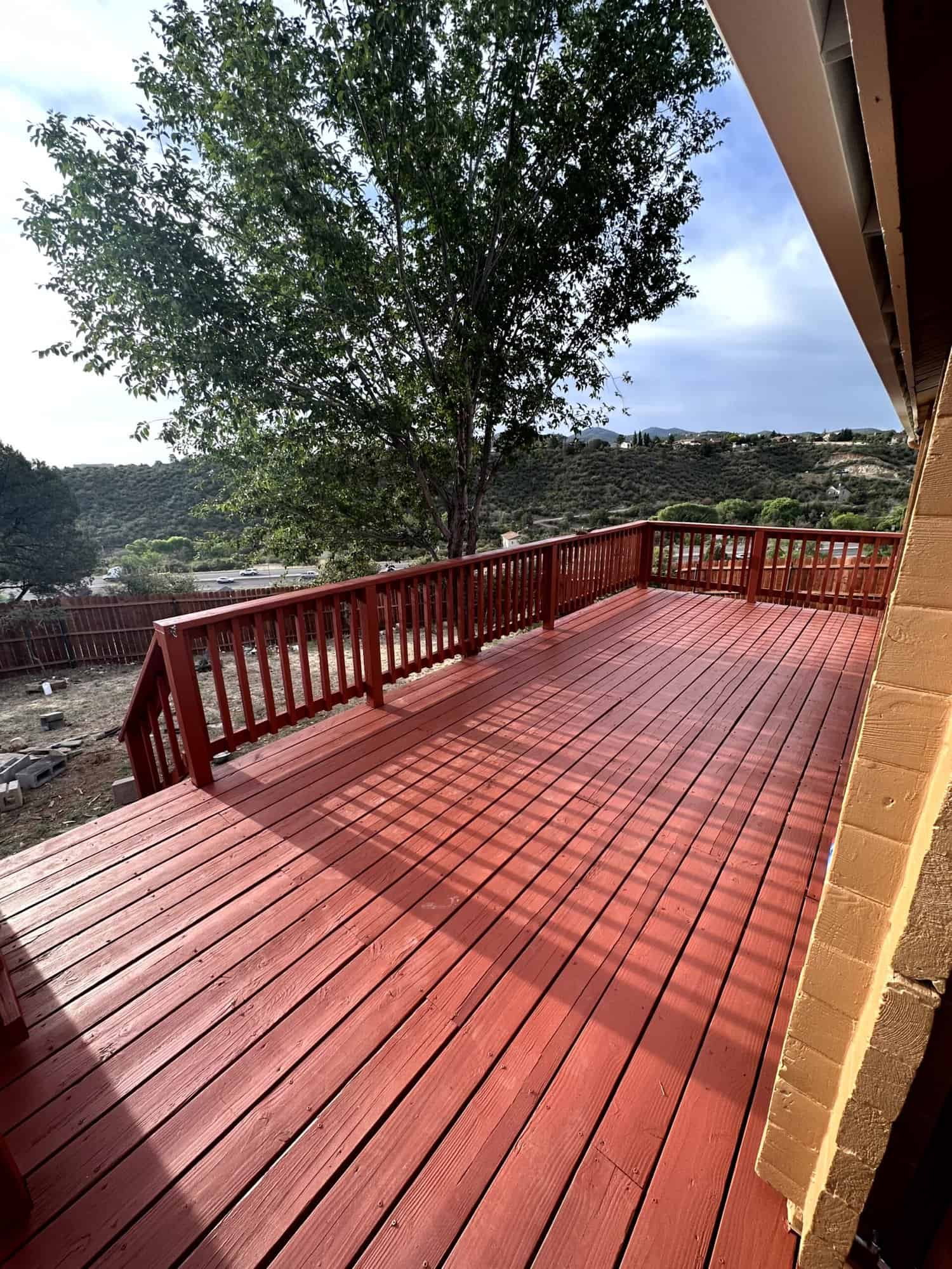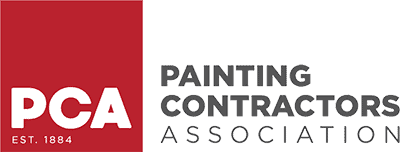Congratulations on your newly painted cabinets! Whether you’ve gone for a bold, modern hue or a classic neutral, keeping them in pristine condition requires proper cabinet painting maintenance.
Newly painted cabinets can transform your kitchen or bathroom, but without the right care, their fresh look might not last as long as you’d like. With professional cabinet painters and tips for cabinet painting maintenance, you can keep your cabinets looking like they were just painted.
Let’s explore how to maintain the beauty and longevity of your cabinets with expert advice.
1. Let the Paint Cure Fully Before Use
After cabinet painting, it’s crucial to allow the paint to cure completely. While the paint may feel dry to the touch within hours, full curing can take 2-3 weeks. During this time, the paint hardens and adheres fully to the surface, creating a durable finish. Using the cabinets too soon can lead to smudges, dents, or scratches that can permanently mar the paint.
Pro Tip: Ask your cabinet painters for the specific curing time based on the type of paint used. Oil-based paints typically take longer to cure compared to water-based paints, so plan accordingly.
2. Regular Dusting to Prevent Build-UpYour Content Goes Here
Dust can accumulate on cabinets over time, dulling their freshly painted appearance. It’s not just about aesthetics—dust buildup can lead to scratches when wiped off carelessly. Use a soft, microfiber cloth to gently dust the surfaces at least once a week. This prevents dirt and grime from becoming embedded in the paint.
Pro Tip: Avoid feather dusters as they can spread dust rather than remove it. Regular dusting is a cornerstone of cabinet painting maintenance and helps maintain the sleek look of your cabinets.
3. Use Mild Cleaning Solutions
For deeper cleaning, stick to mild, non-abrasive solutions. Harsh chemicals can strip away the paint or damage the finish. Mix a few drops of dish soap with warm water for a gentle cleaning solution. This combination effectively removes grease and grime without compromising the integrity of the paint.
Pro Tip: Avoid ammonia-based cleaners; they’re not cabinet painting-friendly and can ruin the finish. Always test your cleaning solution on a small, inconspicuous area before applying it to the entire surface.
4. Handle Spills Immediately
Spills and splatters are inevitable in kitchens and bathrooms, but cleaning them promptly prevents staining or discoloration. Liquids like coffee, wine, or grease can seep into the paint if left unattended, especially if the cabinets are not sealed properly. Use a damp cloth to wipe away spills immediately, ensuring no residue remains.
Pro Tip: For sticky spills, gently scrub with a soft sponge and your mild cleaning solution. Avoid rubbing too hard, as this can damage the paint’s finish.
5. Avoid Abrasive Tools
Steel wool, abrasive sponges, and harsh scrubbers are a big no-no for maintaining newly painted cabinets. These tools can scratch or gouge the surface, leaving unsightly marks. Even if a stubborn stain tempts you to use something abrasive, it’s better to stick to soft tools.
Pro Tip: Stick to soft microfiber cloths or non-scratch sponges to preserve your cabinet painting’s flawless finish. For extra stubborn stains, consult your cabinet painters for advice on safe cleaning methods.
6. Apply a Protective Wax Coating
If your cabinets were painted with water-based paint, applying a protective wax can add an extra layer of durability. This is especially useful for high-traffic areas like kitchens where cabinets endure daily wear and tear. Wax coatings create a barrier that resists moisture, stains, and minor scratches.
Pro Tip: Consult your cabinet painters to ensure the wax is compatible with the paint type used. Applying the wrong wax can lead to a cloudy or uneven finish.
7. Prevent Excess Moisture
Moisture can cause peeling or bubbling in painted cabinets over time. In bathrooms, ensure proper ventilation to minimize humidity. In kitchens, wipe down cabinets near the sink or dishwasher regularly to avoid water damage. Prolonged exposure to moisture can weaken the paint’s bond with the cabinet surface.
Pro Tip: Install a small dehumidifier in rooms with high moisture levels for added protection. This is particularly helpful during humid seasons or in poorly ventilated spaces.
8. Check Hardware Regularly
Loose hardware can cause paint chipping or scratching around cabinet handles and knobs. Over time, frequent use of cabinet doors can loosen screws and hardware, leading to uneven wear. Inspect hardware regularly and tighten any loose screws to prevent damage to the painted surface.
Pro Tip: Adding felt pads behind knobs can protect the paint from wear and tear caused by frequent opening and closing.
9. Limit Sunlight Exposure
Prolonged sunlight exposure can fade the vibrant colors of your cabinets. This is especially true for cabinets located near windows or in areas with strong natural light. Over time, UV rays can break down the pigments in the paint, causing discoloration.
Pro Tip: Consider installing blinds or curtains in areas where cabinets are exposed to direct sunlight. UV-resistant coatings are also available to help protect your cabinet painting from fading.
10. Schedule Regular Maintenance with Cabinet Painters
For long-term upkeep, consider periodic touch-ups and inspections from professional cabinet painters. They can address minor issues before they become bigger problems. Professional maintenance ensures that your cabinets continue to look their best and retain their original charm.
Pro Tip: Many professionals offer affordable maintenance packages for cabinet painting near you. Regular maintenance can significantly extend the life of your painted cabinets.
Benefits of Cabinet Painting Maintenance
Consistent cabinet painting maintenance doesn’t just protect the paint—it also saves you money in the long run. Proper care reduces the need for frequent repaints or extensive repairs. Plus, well-maintained cabinets enhance the overall look of your home, keeping your kitchen or bathroom stylish and inviting.
Common Mistakes to Avoid
- Using Harsh Chemicals: These can strip the paint and damage the surface. Always opt for mild cleaners.
- Skipping Dusting: Dust build-up can scratch the surface and dull the paint over time.
- Overloading Cabinets: Too much weight can cause structural damage and lead to chipped paint.
Avoid these pitfalls to extend the life of your cabinet painting investment.
Eco-Friendly Tips for Cabinet Painting Maintenance
If you’re eco-conscious, maintaining your cabinets doesn’t have to compromise your values. Use biodegradable cleaning solutions and opt for paints with low VOCs (volatile organic compounds) for touch-ups. Many cabinet painters now offer eco-friendly painting options to ensure sustainability.
Fun Fact: Eco-friendly paints are not only better for the environment but also safer for indoor air quality.
Keep Your Cabinets Looking Like New
Cabinet painting maintenance is the key to preserving the beauty and functionality of your newly painted cabinets. By following these expert tips, from regular dusting to addressing spills promptly, you can ensure your cabinets remain flawless for years to come. Whether it’s time for a touch-up or a full repaint, professional cabinet painters can help maintain your investment.
Need assistance? Serving locations like Prescott, Chino Valley, and surrounding areas, our team is here to help. Find reliable cabinet painting near you and keep your cabinets in top shape. Contact us today at 928-628-8991 for professional advice and maintenance services!
